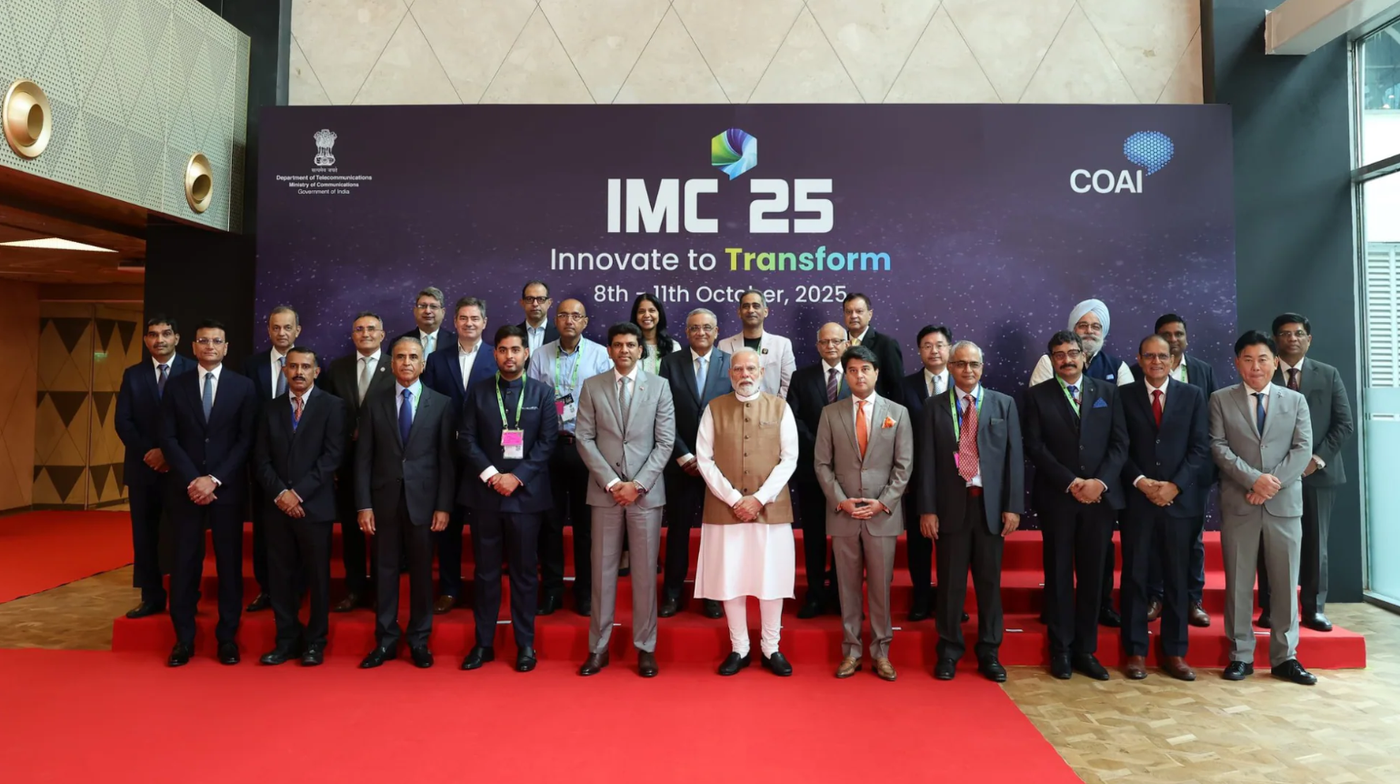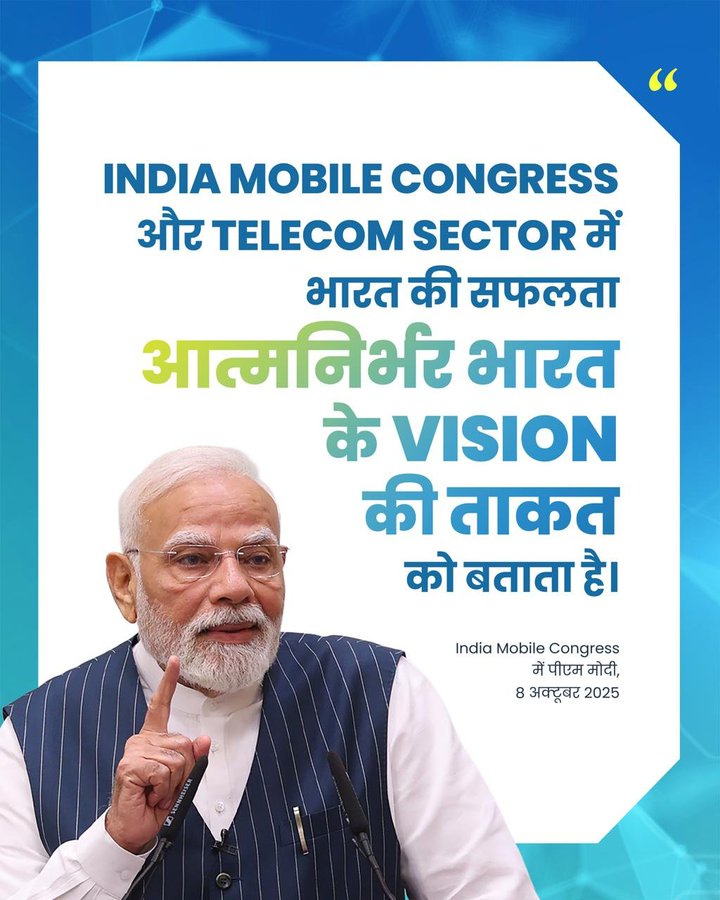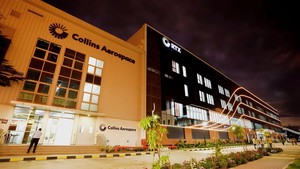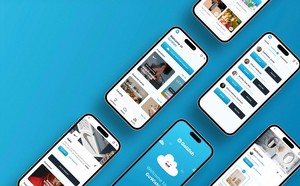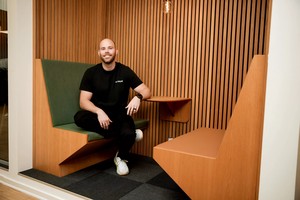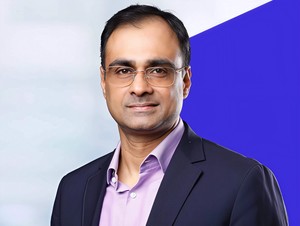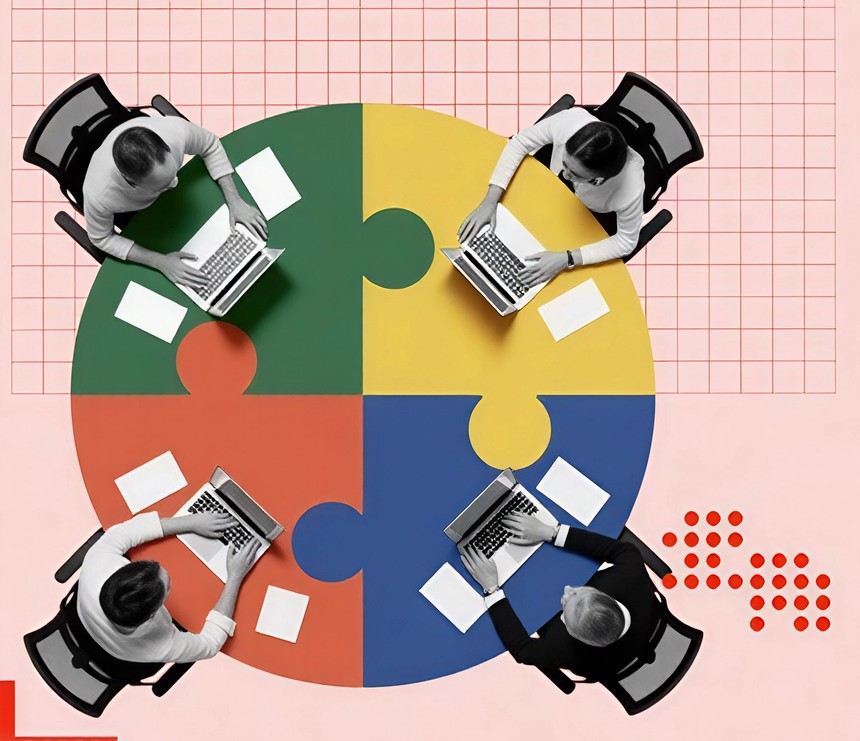This year’s congress felt less like a trade show and more like a national progress report. The opening session doubled down on digital infrastructure as a growth driver and the floors told the story in detail. You could walk from a low latency factory demo to a telemedicine booth to a satellite internet mockup and never feel like you left the same plan. Networks, devices and AI are finally talking to each other in ways that ordinary people can see.
On the network side the big theme was density with intelligence. Operators showed how 5G standalone cores and network slicing can keep mission critical packets safe while public traffic surges during a cricket match. Rural coverage got attention with new radios that sip power and smarter planning tools that map terrain and population for faster rollout. The 6G talk was not hand waving. Roadmaps outlined terahertz research, reconfigurable surfaces and sensing that lets networks detect motion and environment to improve reliability. Those pieces are years out for consumers, but they are close enough for labs and pilots to start now.
AI stopped being a slide and became the connective tissue. Customer care agents that resolve issues in one chat. Field technician copilots that walk through a repair with video guidance. Fraud detection that flags SIM farms before they hurt anyone. Traffic management that learns peak patterns and saves energy without dropping quality. The pitch is efficiency without giving up experience. If operators can squeeze more out of every watt and every spectrum block, prices stay sane while capacity grows.
Startups used the event like a graduation day. Vision systems that count inventory on moving belts. Drones that patrol perimeters and stream clean feeds to command centers. IoT kits that measure air quality around schools and predict spikes before kids step out for sports. A few polished enterprise apps showed how to merge private 5G with cloud services so factory data never leaves the premises while managers still get dashboards on their phones. That is the sort of detail that convinces a conservative buyer to try.
The public sector zones were busy for a reason. Telemedicine vans with satellite uplinks and digital diagnostics. Classroom kits that turn a phone into a projector and a hotspot for a whole room. Smart city panels that replace handwritten logs with sensors and maps. These are not toys. They let small teams do the work of large ones in places where hiring is hard and travel is slow. When leaders talk about digital transformation, this is what they should point to.
Hardware showcased steady progress. Affordable phones that can join a 5G network without melting battery. Fixed wireless kits that bring broadband to homes with no cable in the ground. Routers that support multiple backhauls so your shop does not go dark if one link dies. Battery chemistry and charging improvements cropped up in wearables and power banks because power is the bottleneck for many field deployments. Vendors who solve power constraints will win contracts quietly and keep them for years.
A number that stuck out all day was the exhibitor count. Hundreds of companies filled the halls. That looks like a crowd until you realize it maps onto a single ambition. Build national capacity with private enterprise doing most of the lifting. The show format helps by letting global giants, domestic champions and tiny specialists pitch side by side. Buyers can line up a full solution in one afternoon and book pilots before the week ends.
What should you do with all this if you are not a telecom company. If you run a factory, ask your operator for a private 5G trial limited to one line and one use case. If you run logistics, look at low power trackers that last months between charges and integrate with your ERP. If you run a hospital, test remote imaging review over guaranteed slices so senior doctors can sign off scans from home without delay. If you run a school, explore community networks that pool bandwidth and protect kids with central filters and schedules.
The event closed with the usual optimism and a more grounded checklist. Keep funding labs. Train people for jobs that did not exist five years ago. Standardize where it helps and let competition run where it does not. Bring startups into procurement instead of only into showcases. If the next year follows that script, you will see fewer flashy pilots and more quiet deployments. That is when technology stops being news and becomes infrastructure.
Follow Tech Moves on Instagram and Facebook for use case deep dives, buyer guides and field reports from pilots that graduate into production.


